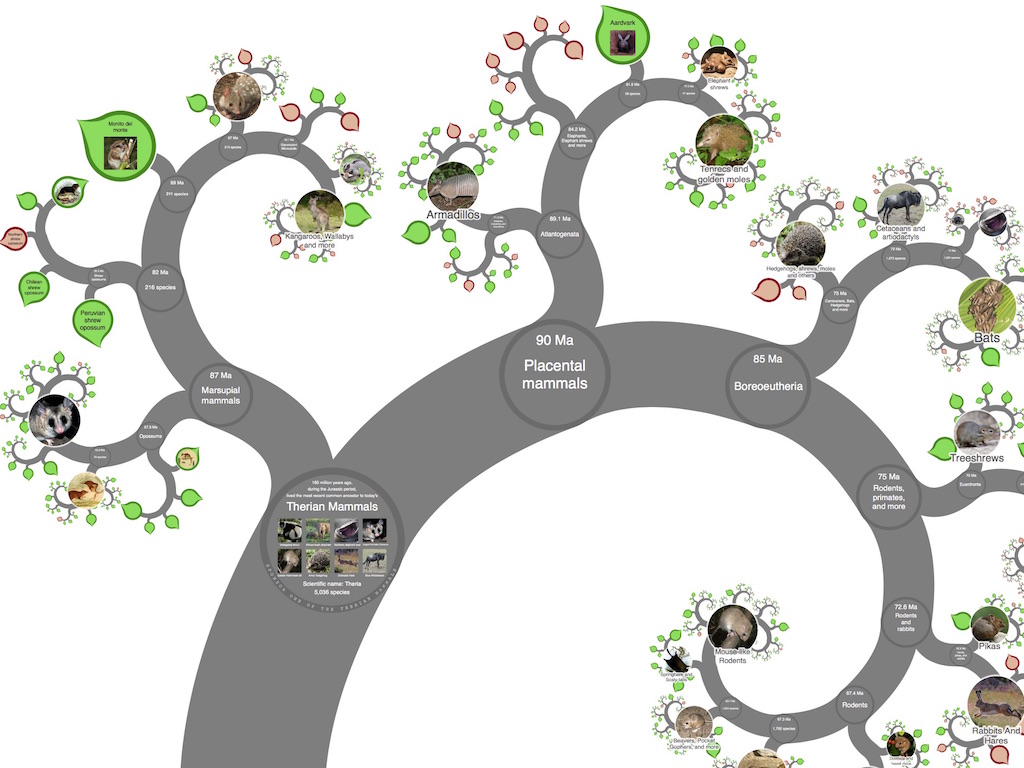In three dimensions, an object is static. It is what it is,
as if that set of molecules has eternally existed as that object and eternally
will. In 3-dimensional thinking, once that object no longer serves a purpose in
its current incarnation, it ceases to exist, has died, and is a carcass to be
removed from our living space. Thus we have "waste" as a concept, the
wrappers and bones of what we consume piled in a heap and abandoned to whatever
scavengers discover it.
However in four dimensions, an object is perceived within history.
Contemplating it, we also see its origins and the sources of its components, including
the hands that made it or the organisms that grew it, the smelter that forged
it, the transportation system that brought it to its location, and its previous
incarnations as living tissues, ores, other manufactured objects, light, air, water,
and even the supernova that created the heavy elements that exist in the
earth's crust. We also see its future incarnations, whether as flame, soil, a new
object devised for our use, gases that return to the atmosphere or nutrients that
return to the earth and are eventually taken up by organisms, or constituents changed
by light, oxidation or digestion into another state of being.
When you can see the sun, water, air and stone hidden in the
origin of a familiar object, you can see its connectedness to the entire world.
By extension, while contemplating yourself you can perceive the elements,
organisms, sediments, and unbroken chain of inheritance that made your body –
you are as old as life itself, and have always been part of its fabric, as is
every living thing that ever has been and ever will be. The first strand of DNA
that ever existed implied your existence, and your existence implies the future
of the world. What is death but a change of clothes?
In five dimensions, the branching chains of historical succession
become systems of relationship that loop back upon themselves and interlace
with one another. Geology and weather become biology, ecology and evolution. Families
become social groups become civic systems – trade, numeracy, literacy, horticulture,
economics, politics, religion, architecture, manufacturing, technology,
transportation, and information systems all braided together into the
infrastructure of superorganisms. Time and space change their relationship to
consciousness as what once took months becomes nearly instantaneous. In four
dimensions, we see the layered history behind and future beyond the present. In
five dimensions, everything is connected to everything else. A change in one relationship
causes an adjustment in every other system. This creates endless feedback: causes
lead to effects, but these effects impact their causes, creating a cyclical looping
of balancing and reinforcement. Now questions aren't so much about what something
has been and what it could become, but more about how systems are stabilized,
how they grow, what their buffers are, and how they collapse. Like Indra's Net,
every bead reflects every other bead.
These leaps in consciousness from three to four and five
dimensions so greatly influence our perception of matter that we cease to see a
static field of view filled with separated things, and instead see ancient ongoing
processes as they are currently embodied, flowing through their endless
transformations just as magma rises from below the crust at mid-ocean ridges
and becomes seafloor, then is slowly subducted back beneath the ocean floor to
become a new kind of metamorphic stone formed by heat and pressure which then melts
into magma again, rises through a volcano and cools into igneous rock, which weathers
away and settles layer after layer to form sedimentary minerals or becomes enriched
with organics and part of the soil. Which of these is "death"? Which
is "waste"? The sand washed onto the beach? The silt of the streambeds?
The crystals in the hearts of mountains? The molten rock that forms island
chains?
Where I live right now, the flood has receded and the view
of formerly-inundated dead leaves and brown twigs is giving way to branches
covered in buds and new leaves. The insects have returned from wherever they
were hibernating. Birds are pairing up; eagles are wheeling and crying to each
other. As the light returns to strength, what seemed to have been waste and death
is revealed to have only been sleep and preparation for the overturning.











